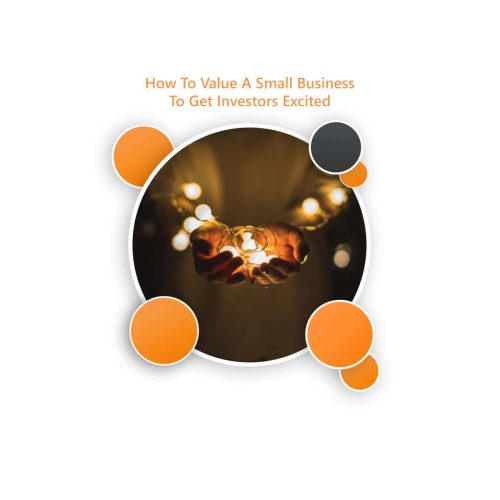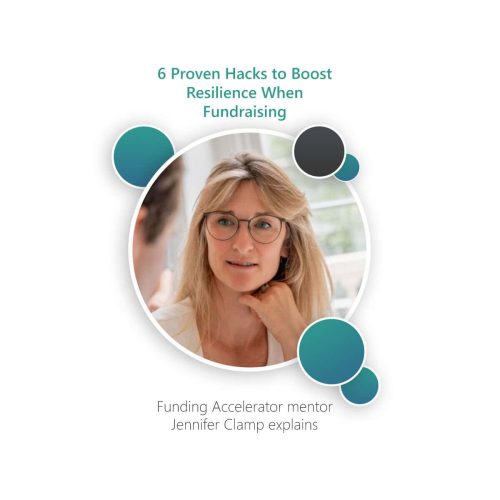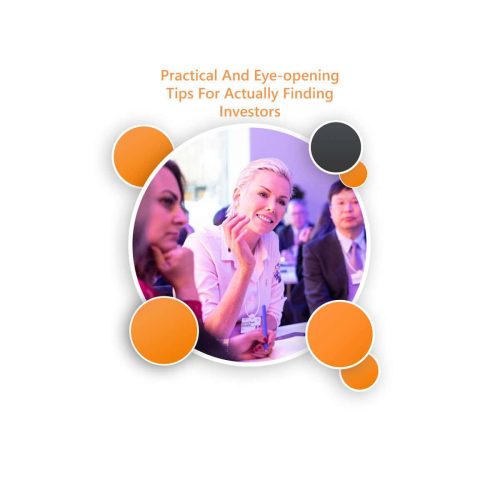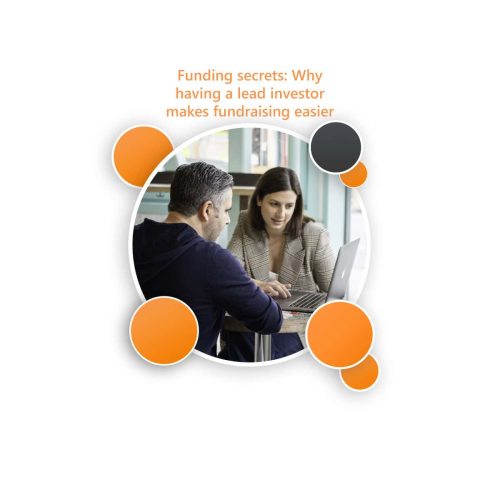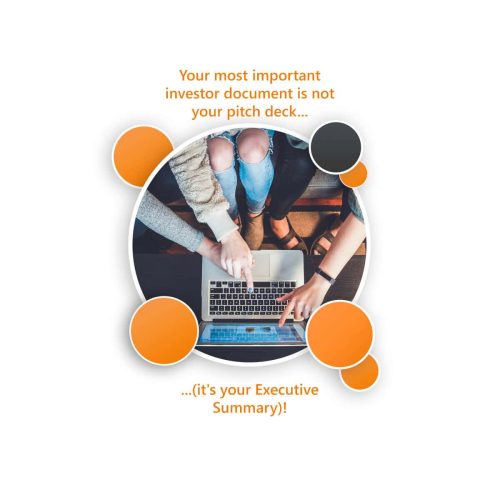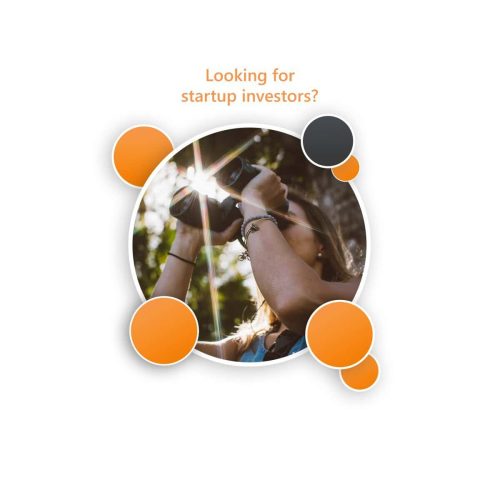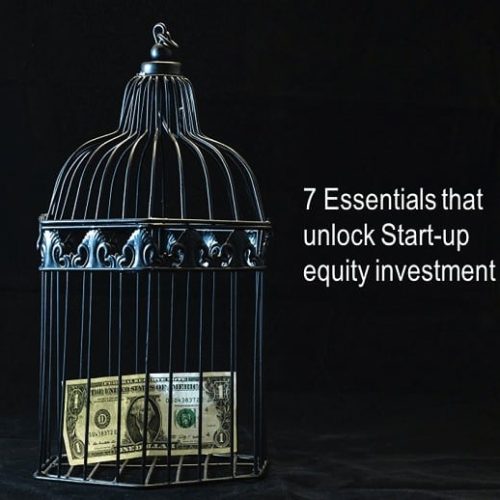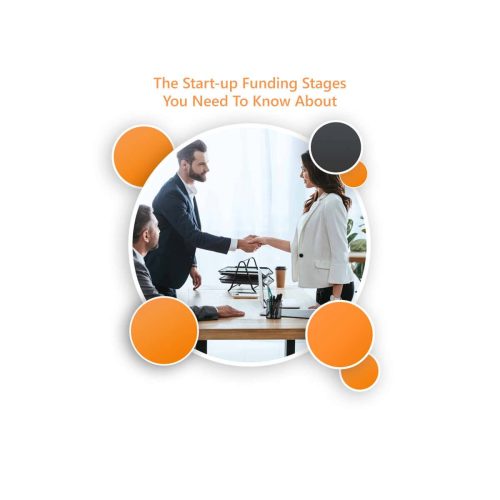A ‘Go-to-market’ (GTM) strategy is a must-have in any pitch deck. It’s where founders showcase their approach for entering their market successfully, and the slides often cover a lot of ground, from market dynamics and target audience to distribution channels. Often founders find creating these slides challenging, as they need to strike the balance between bringing the strategy to life, but not revealing everything upfront.

In a recent pitch idea swap we ran for our startup community, Funding Mastermind, we focused on the GTM slides of the pitch deck. One founder spoke about their experience of conveying go-to-market plans, and how they managed to strike the right balance between simplifying their deck but still clearly communicating that there was a well-defined plan in place.
Here’s how they approached it.
To start, they went back to basics by asking themselves three fundamental questions that gave clarity on what was needed on their GTM slides for their pitch deck:
- What are they trying to say in the slides?
- Do the slides show that currently?
- What is the main thing they want investors to take away from their slides?
With this focus, they then broke the GTM messages into four slides within the pitch deck, so key messages were communicated in a natural and clear way. Here, we’ve summarised how you can use the four slide approach to demonstrate your GTM strategy.
Pitch Deck Go-To-Market Slide 1: A snapshot
This slide acts as a snapshot of what’s currently in place. It provides a comprehensive overview of the current state of the startup’s marketing efforts, illustrating the roadmap from building awareness about their company through to retaining customers.
It can be helpful to use the AIDAR framework (Awareness, Interest, Desire, Action, Retention) to outline the specific channels and tactics employed at each stage of the customer journey. This keeps information high-level, so no specific data about how each channel performed is included at this point, but shows you have a proper strategy in place. It also demonstrates how you funnel customers through a series of steps to move them form general awareness of what you do to becoming customers (the “Action” you want them to take) and then becoming loyal “Retained” customers.
The main goal of the slide is to give a snapshot that shows current strategies and highlights the next steps that will be taken to amplify their growth once investment is secured.
Pitch Deck Go-To-Market Slide 2: Acquisition
The next slide can then go into more detail about how the company acquires its customers.
Its a good opportunity to display some metrics about the acquisition channels such as current cost-per acquisition (CPA) or cost to acquire customer (CAC), website conversion rates, and Average Order Value (AOV). At this point you could take the opportunity to bring in data about the market size, to reinforce the message about the size of the opportunity available.
As well as the current metrics, this slide gives the opportunity to outline a comprehensive high-level tactical plan, and show targets for the key metrics (i.s. CAC, conversion rates and AOC). This is a good idea, especially if the investment sought is being invested into Marketing, Sales or developing new product lines, to demonstrate the impact of the investment, and how key metrics will be improved.
High-level timelines broken down by quarter can also be included to communicate when plans will be put into motion.
Pitch Deck Go-To-Market Slide 3 – Retention
After acquisition it’s natural to move onto customer retention strategies. The third GTM slide can be used to show how maximising the lifetime value of customers justifies the spend on acquisition.
Tactics such as email marketing, loyalty, and subscription programmes, and other customer engagement initiatives could feature here. Again, if these are currently used it’s good to show your current metrics, and what you aim to achieve for each channel in the future.
Pitch Deck Go-To-Market Slide 4 – Future plans
The final GTM slide can be used to communicate future revenue streams, and future plans for your company in general.
Investors love to see the different revenue opportunities that could be pursued in the future. If you are a D2C brand, this could involve launching a B2B retail strategy. If you are a B2B2C start-up it could be when and how you plan to monetise the consumer of your product. As your business expands, it’s important to demonstrate a decrease in dependence on a single revenue stream, as it helps derisk the venture for investors.
Go-to-market strategy is a hugely important part of any pitch deck, and these slide suggestions provide a powerful way to approach it, but it is not the only way. It is important for you, as founder, to find the right balance between high-level and detailed explanations when outlining your GTM strategy. If you get the balance right, your key messages will be communicated with power and impact. Remember to cover important points such as your audience, marketing channels and communication touch points, as well as current and future revenue streams. By considering these and tailoring your GTM strategy to your specific business, you will maximise your chances of success.
Further reading
- How to weave storytelling into your pitch deck to keep investors’ attention
- 3 unit metrics that attract startup investors and build a compelling story of growth
- 3 Things Investors Look for in a Financial Forecast: The Perfect Blend
Ready to start your funding journey?
- Find out how “investment ready” your start-up is by answering 20 quick questions
- Bring your funding questions to our next free, online Funding Strategy Workshop
- Learn about our Funding Accelerator



